Recent studies have demonstrated that clutter can have a deleterious effect on stress, life satisfaction, physical health, and cognition. When we think of decluttering, we picture cleaner spaces and fewer things but what’s more, have you ever thought that minimalism can be the solution to climate change?
In her book “This Changes Everything”, Naomi Klein makes an important contribution to the discussion of strategy and tactics for climate action. She clearly thinks that the answer to climate change is to consume less.
We live in an economic system that fetishizes GDP growth above all else – regardless of the human or ecological consequences, while failing to place value on the things that most of us cherish above all: a decent standard of living, a measure of future security and the relationships with one another!
Naomi Klein
Changing the earth’s climate in ways that would be chaotic and disastrous, is easier to accept, than the prospect of changing the fundamental growth based profit seeking logic of capitalism.
What can we do? What doesn’t require a technological and infrastructural revolution? to consume less – right away!
When I decided to reduce the number of belongings in my home, I stopped buying things the way I did before. Minimalism is a mindset; therefore, it takes time to become a lifestyle. Nowadays, I do not need to talk myself out of buying stuff, but I make the purchasing process lengthy and complicated if I feel I need to. For example, I keep a wish list of things I think I need/want on my phone but never purchase something immediately. I also try to find it second hand first. This delaying tactic helps me clarify whether the item will make me happy in the short term or – most importantly – improve the quality of my life. After considering my options, I can then make a mindful decision.
Here are a few of things I do not buy anymore since I started my journey to “less is more” a few years ago.
1. Kitchen gadgets
A streamlined selection of tools and gadgets is really enough to help you create tasty meals. I find that I use my limited collection of kitchen tools even more since I do not own any specialist items.
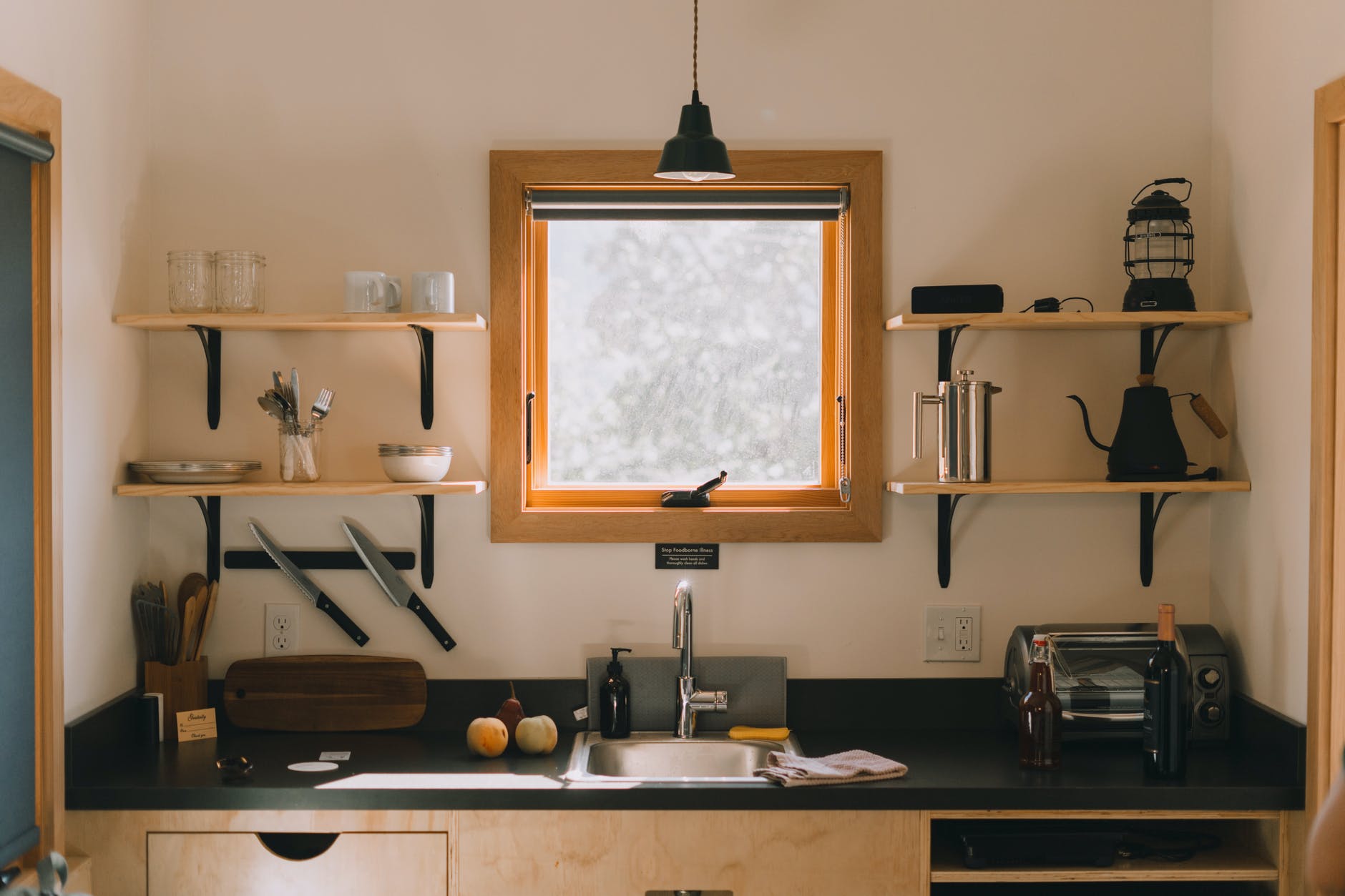
2. Homeware (with the exception of plants)
No decorative item comes into my home anymore unless it replaces something else since I decided that I do not need any more new things in my house. The less decorative items and cabinets there are, the less time we spend cleaning them, freeing up time to do more fulfilling things. When I feel the need to give my space a spruce up, I rearrange and swap stuff around instead of buying new items. Alternatively, if you are into DIY, it is relatively easy to transform your decorative objects and give them a new lease of life.

3. Seasonal items/toys
Do we really need more Christmas and Halloween decorations or Summer tumblers, children’s activity sets, and Easter bonnets? There are many single-use items on offer during the holiday season, which add up to the 15 thousand tons of waste we damp each year in the UK! So, I store away the seasonal items to have ready to use year after year. If I need to top up my collection, I look in charity shops or online second-hand marketplaces.
4. The same item of clothing in different colours
Many of us can relate to this issue. Purchasing the same style items but in different colours (trousers, blazers, tops, skirts, etc.) can seem like a good idea. Unfortunately, no matter how classic your clothes are, the style defines the outfit, so think about how boring your wardrobe would become. What’s more, not all styles have the same effect on us in different colours. Variety is the spice of life!

5. More than one pairs of shoes
Instead of trying to find the space to store your many boots, buying one good quality pair means that you will wear it until it is ready for recycling. Most of us have one or two favourite and comfortable shoes which we wear most of the time anyway, (except for a pair of exercising shoes or special occasions perhaps).
6. Special occasion outfits
Why buy when you can hire a stunning outfit for a fraction of the cost? Whether you are looking for occasion wear, bags, or accessories, you can rent pieces and even buy them after you try them. Hiring helps you spend less money, have a fresh new look every time, and minimise the demand for new clothes, helping to tackle textile waste and the overuse of natural resources at the same time.
7. Magazines, books and greeting cards
Most magazines offer an online version, which is a great alternative for those who are mindful of what they bring to their homes. At some point, I realised that I was buying magazines I was rarely reading, but I was still contributing to climate change. Think about how many forests we need to provide hard and softwood fibers, lakes, and rivers for the water, plus all the chemicals used to make the printed magazine copies. Did you know that printing companies can typically use up to 200 different chemicals during the papermaking process? The distribution also adds up to the carbon emissions issue.
Audio and Ebooks, libraries, and friends are excellent sources for finding books without purchasing a printed copy. Greeting cards again add a massive burden to the recycling facilities, increase carbon emissions, and deforestation.
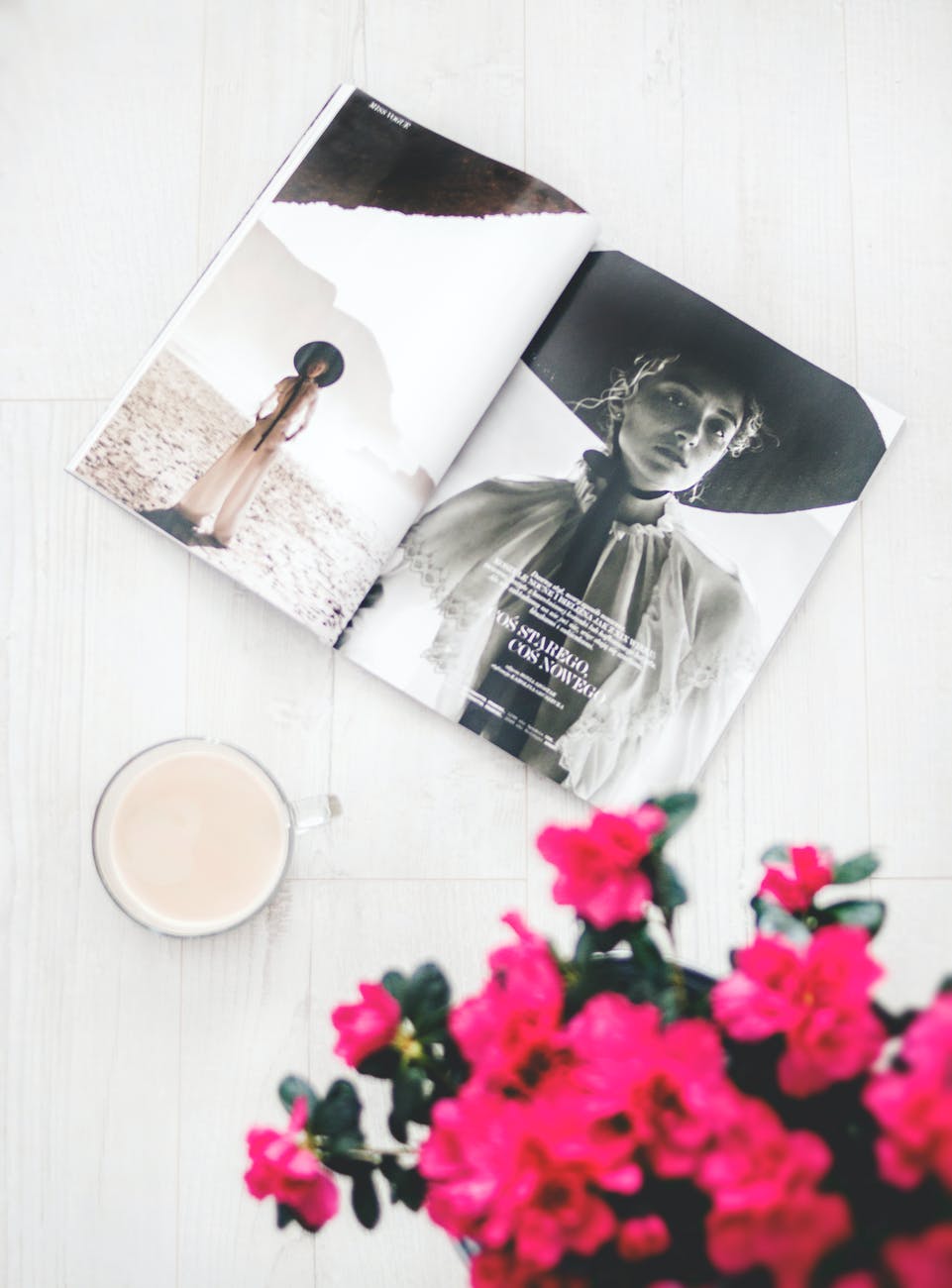
8. Jewellery
Most of us already own a collection of good quality jewellery. I therefore, decided to make the most of what I already have, which is both good quality and versatile.
9. Promotional merchandise
Promotional merchandise (freebies) are products branded with a logo or slogan and distributed at little or no cost to promote a brand, corporate identity, or event. Most of these are made cheaply, fall apart after a few uses, or are single-use items. I politely refuse to accept giveaways these days unless they are made out of recyclable, durable materials, and I am confident that they will last. I also make an effort to let the companies know why I am not happy to accept them with the hope that they will think about my suggestions when they plan their next event.
10. Travel souvenirs/mementos
There are numerous times I have come out of airports juggling bags full of novelty items. Gone are the days when buying a specialty item from the other side of the world was truly unique. Most of these items – unless they are consumables – will end up in the landfill anyway, adding to the plastic pollution burden. Nowadays, I focus on creating experiences and capture my family’s holiday memories digitally instead.

There is a sense of freedom from not being lured to shopping sites, stores, and the endless pursuit of acquiring things. Life has more meaning; we have more space to think and more time to dedicate to building relationships and creating experiences that will bring us value every day.
With a “less is more” strategy pertaining to material things, the ultimate goal after decluttering our space would be to practice minimalism.
Are you planning to commit to a more minimalist lifestyle? What are your favourite tips on becoming a minimalist? Share in the comments below or get in touch with me on Social Media.
Sources:
- Government statistical data
https://www.gov.uk/government/statistical-data-sets/env23-uk-waste-data-and-management - “This Changes Everything” a book by Naomi Klein https://thischangeseverything.org
- http://www.paperonweb.com/chemical.htm
- WIKIPEDIA
Images:
As mentioned in the captions


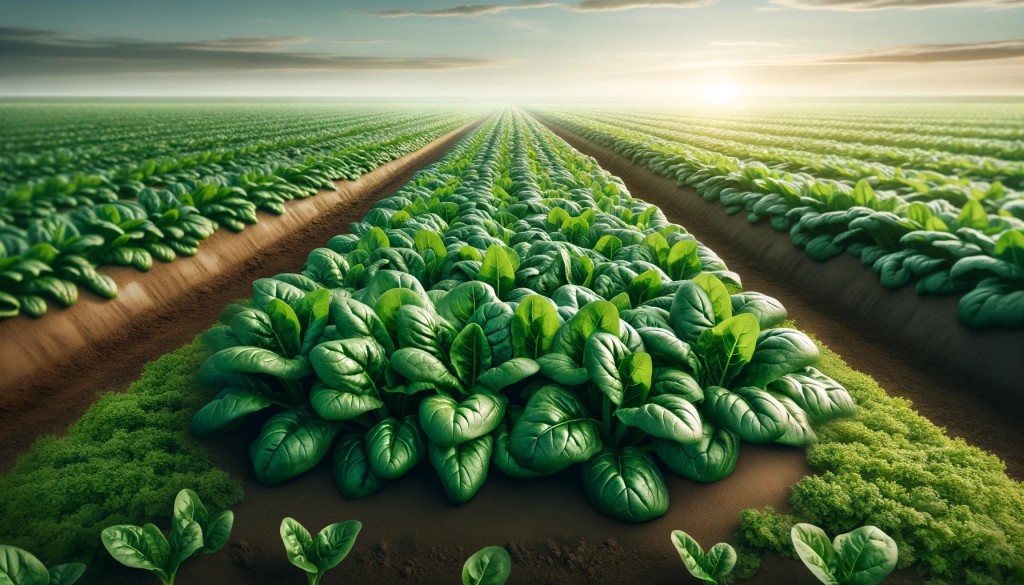

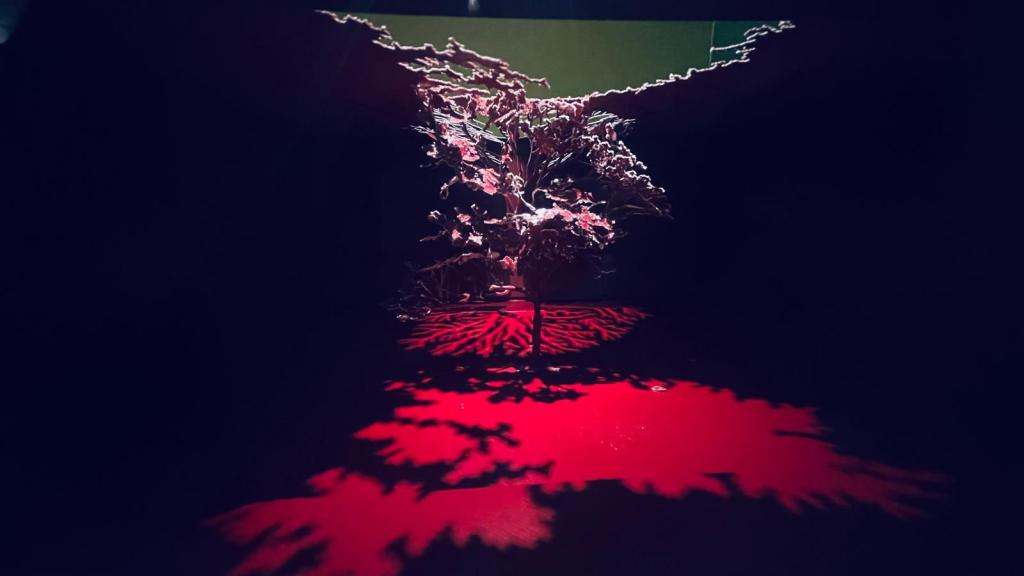
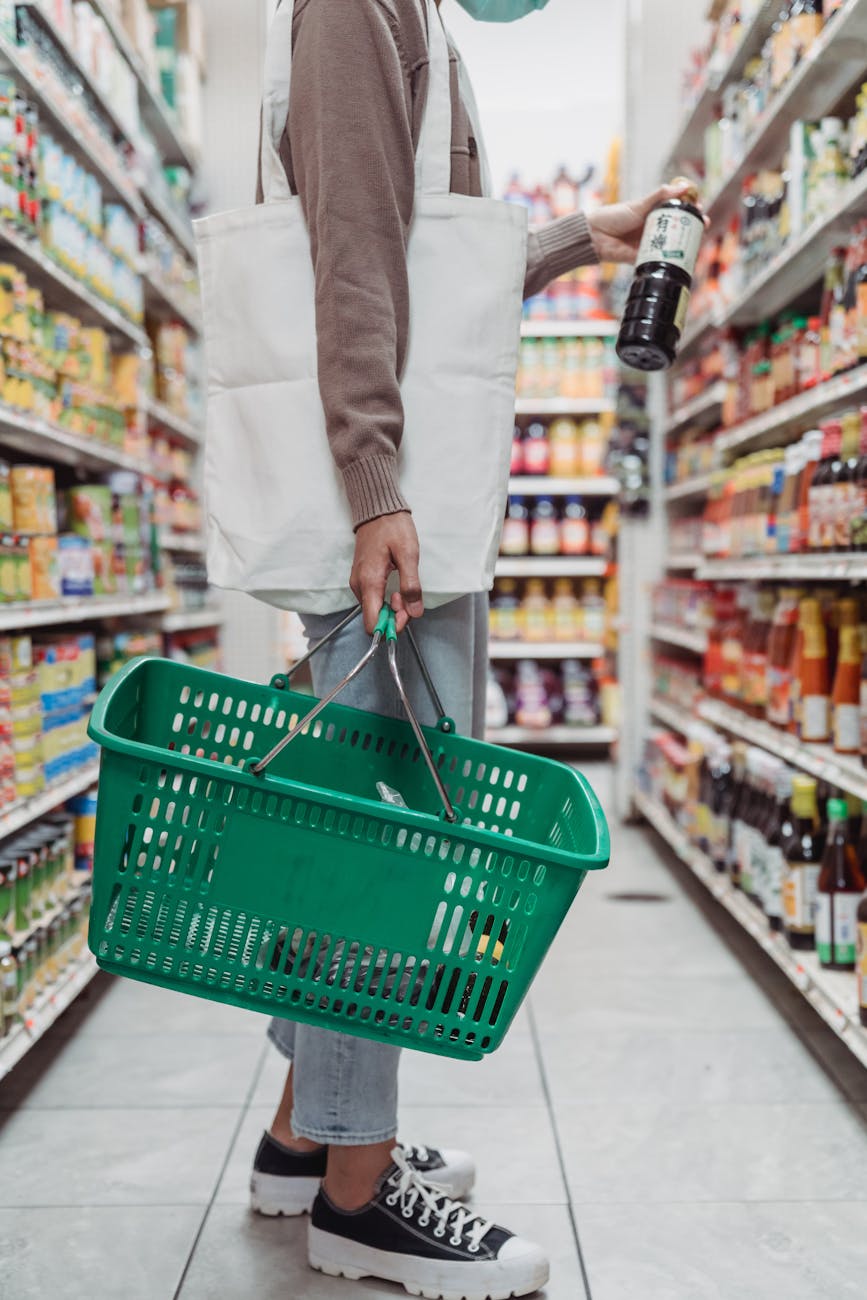
You must be logged in to post a comment.